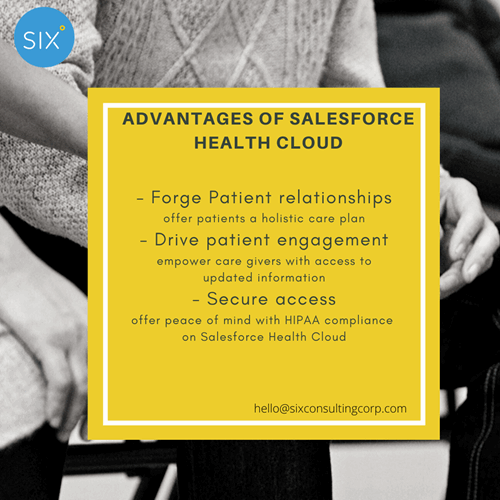Patient 360: is the view worth the hype
Jan 10, 2020 Parth PatelPatient 360 view is a game changer for all healthcare organizations- but how do you decide if it's right for you?

Traditionally, healthcare has been more geared towards technological trends rather than patient experiences. Allowing patients to participate in their healthcare and take charge of their own choices has never been on the table until now. Not surprisingly, 9 out of 10 people surveyed for this article felt that a visit to the doctor was confusing and frustrating due to the insurance and other paperwork involved. This situation is worse in the case of hospitalization or an operation. The number of people who have been surprised by an unexpected bill or expense even in planned procedures is sadly on the rise. What is even more shocking is that this is even though Americans pay more for healthcare than anywhere else in the world.
With a shift in perspective of health first to patient engagement taking the topmost importance, Salesforce healthcare cloud has enabled healthcare providers to take the first step into reimagining the patient experience and ensuring a more engagement in their healthcare process. Caregivers agree that Patient 360 enables them to engage with the patients on a personal level and offer them a more personalized care experience based on their specific needs.
With there being a vast increase in the number of healthcare providers, patients also have a wider range of services to choose from. Social media channels have made it easier for them to share their experiences thereby having a direct impact on the revenue of the providers.
In the long run, this would lead to a more streamlined, efficient and beneficial process for all involved.
Identifying the Salesforce health cloud implementation roadblocks
In the past decade, the use of information technology in healthcare has moved from a best practice to a regulatory need. These advances in technological standards have unfortunately created a highly siloed information structure due to the landlocked nature of data. This has been the biggest hindrance in offering the patient a holistic treatment.
Managing interoperability of EHR systems
For the caregiver to provide the right treatment, the Patient 360 view offers the most comprehensive and accurate view of their current health. However, the biggest problem arises with the interoperability of multiple systems. Over the past decade, most hospitals have transitioned to the use of electronic health records (EHR) to share information easily. But the problem arises as each hospital has to interact with affiliated providers who use their own separate systems. HIMSS analytics found that the average hospital uses 16 EHR systems. This compounds the issue for patients and caregivers who are trying to coordinate care across multiple systems, insurance, and doctors.
With the advantages of the MuleSoft Anypoint Platform, users will find it easy to connect these legacy systems and offer a single patient view.
“Patient 360 gives patients' control on their health and allows them to take better-informed decisions about their treatment. That is a definite win-win no matter which way you look at it.”
- Parth Patel
- CEO
- Six Consulting, Inc.
providers interested in CRM solutions
providers interested in patient engagement strategies
Ask us anything. From basic questions to complex queries.
We’re ready to talk to you : 470-395-0200
or drop us line at
hello@sixconsultingcorp.com



